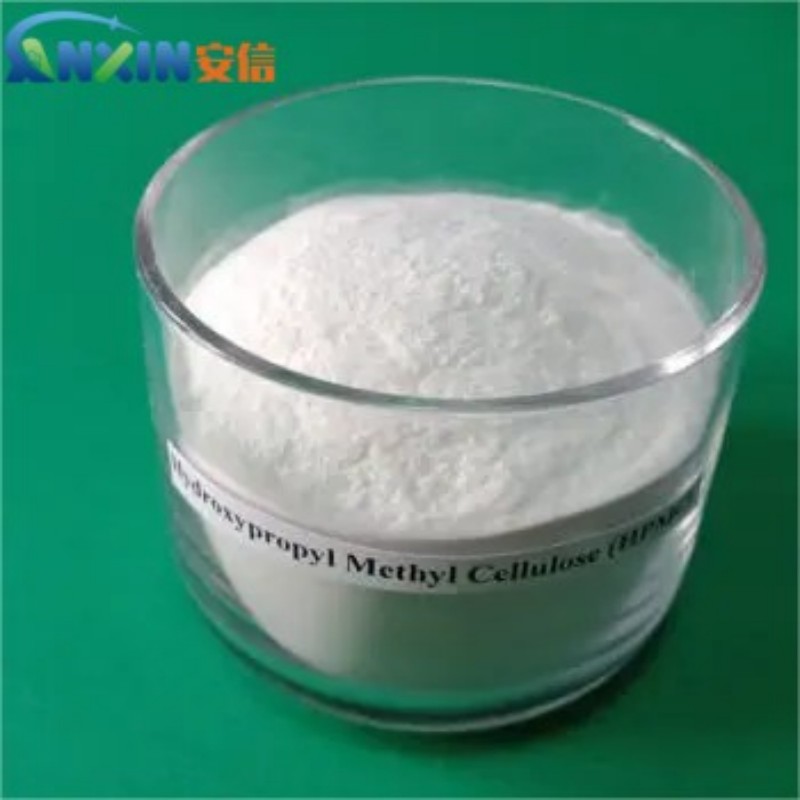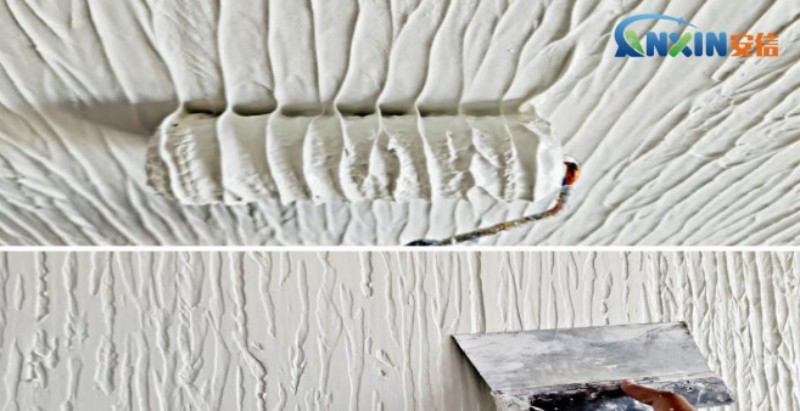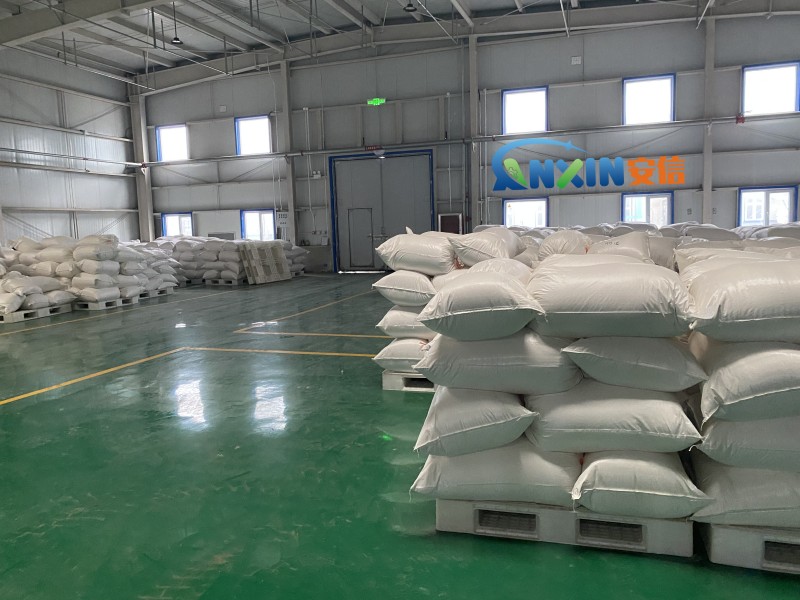During the construction process of diatom mud, many factors may affect the final construction effect, so understanding the precautions for construction is crucial to ensure the quality and durability of diatom mud. HPMC (hydroxypropyl methylcellulose), as an important construction auxiliary material, is widely used in the preparation and construction process of diatom mud, and its performance has a significant impact on the construction effect of diatom mud.
1. Material selection and proportion
The quality of diatom mud is directly related to the construction effect, so it is crucial to choose high-quality raw materials. Diatomaceous earth is the main component of diatom mud, and it is particularly important to choose diatomaceous earth that is pollution-free and of moderate fineness. HPMC, as one of the binders, can effectively improve the adhesion and operability of diatom mud. In terms of proportion, the amount of HPMC added needs to be adjusted according to the actual construction needs. Too much will affect the air permeability, and too little may cause inconvenience in operation or insufficient adhesion during construction.
2. Base surface treatment
Base surface treatment is a key link in construction. If the base surface is uneven or there are loose materials, the adhesion of diatom mud may be poor, affecting the construction effect. Before construction, it is necessary to ensure that the wall is clean, dry, free of oil, dust and impurities. For walls with large cracks, they should be filled with appropriate repair materials to make them flat and smooth. If the base surface is too smooth, the adhesion of diatom mud can be improved by grinding or applying interface agent.
3. Temperature and humidity control
During the construction of diatom mud, the control of temperature and humidity is particularly important. Too high or too low temperature and humidity may affect the curing process of diatom mud, and thus affect the construction effect. The ideal construction temperature is between 5°C and 35°C, and the humidity should be maintained at 50% to 80%. If the construction is carried out in an environment with too low temperature, the drying speed of diatom mud will be too slow, affecting the construction efficiency; while in an environment with too high temperature, the drying speed of diatom mud will be too fast, which may cause cracks. Therefore, direct sunlight and strong wind should be avoided during construction to ensure that the temperature and humidity of the construction environment are appropriate.
4. Construction tools and methods
The selection of construction tools is directly related to the construction effect. Commonly used tools include scrapers, trowels, rollers, etc. Choosing the right tools can improve construction efficiency and ensure construction quality. Diatom mud construction is generally divided into three steps: scraping, scraping and trimming. During the construction process, the thickness of the scraping needs to be uniform, and the scraping should be smooth and not leave obvious marks. The addition of HPMC can make the diatom mud more fluid and easier to operate during construction, but it is necessary to avoid adding too much to prevent its fluidity from being too strong, resulting in uneven coating.
5. Construction sequence and interval
The construction of diatom mud generally needs to be completed in two times: the first coat is applied to the base layer, and the second coat is for trimming and detail processing. When applying the first coat, the coating should not be too thick to avoid shedding or cracking. After the base layer is completely dry, the second coat is applied. When applying the second coat, ensure that the coating is uniform and the surface is flat. Under different climatic conditions, the drying time of the coating varies, usually requiring an interval of 24 to 48 hours.
6. Quality control and maintenance
After the construction is completed, the surface of the diatom mud needs to be maintained to avoid premature contact with moisture and dirt. The curing period is usually about 7 days. During this period, avoid violent collisions and friction to avoid surface damage. At the same time, avoid directly washing the wall with water to avoid traces of water stains or stains. For the quality control of diatom mud, it is recommended to regularly check whether the wall has cracks or peeling, and repair it in time.
7. Precautions for the use of HPMC
As a commonly used construction additive, HPMC plays a key role in the construction of diatom mud. It can improve the water retention of diatom mud, prolong the open time and enhance the toughness of the coating. When using HPMC, it is necessary to adjust the proportion reasonably according to different construction requirements and diatom mud formulas. Excessive use of HPMC may affect the air permeability of diatom mud, making it difficult to adjust the air humidity; while too little use may cause insufficient adhesion of diatom mud and easy to fall off.
Diatom mud construction is a meticulous and patient process, which requires consideration of many factors such as material selection, base surface treatment, environmental temperature and humidity, construction tools and construction methods. As an important additive, HPMC has a significant impact on the construction performance of diatom mud. Reasonable use of HPMC can improve the construction effect and ensure that the performance and appearance of diatom mud meet the expected standards. During the construction process, precise construction operations and scientific construction management are the key to ensuring quality.
Post time: Mar-25-2025


